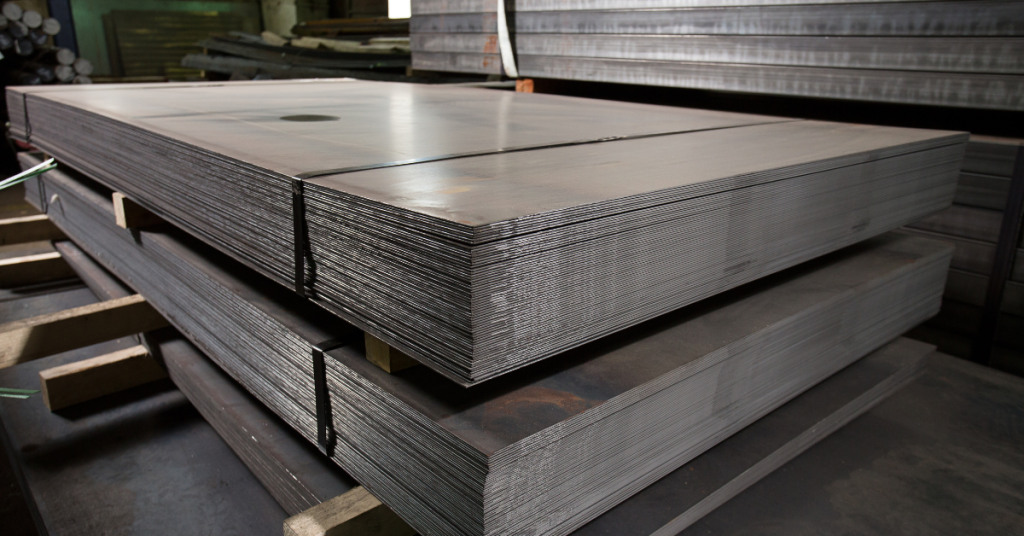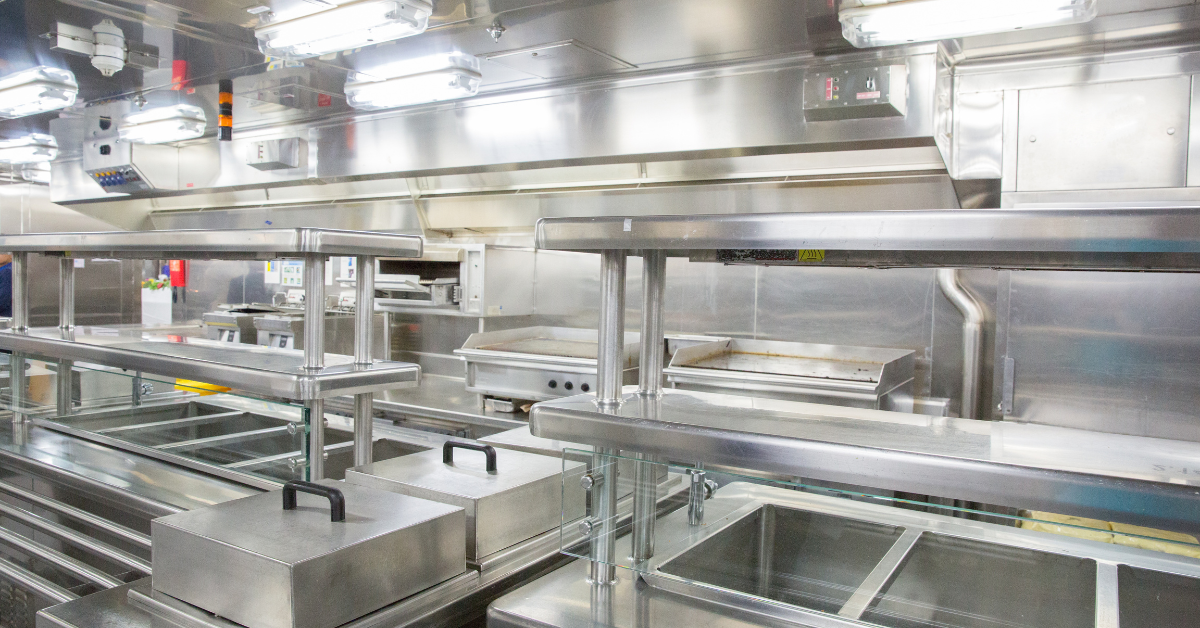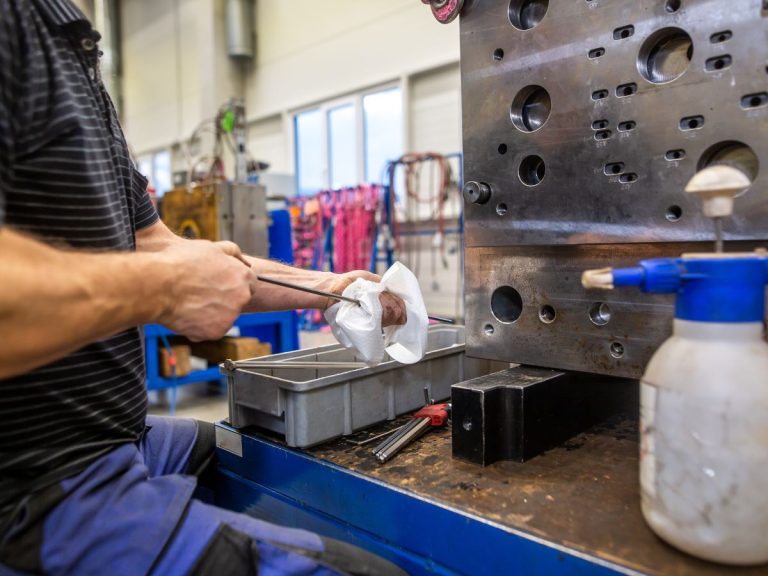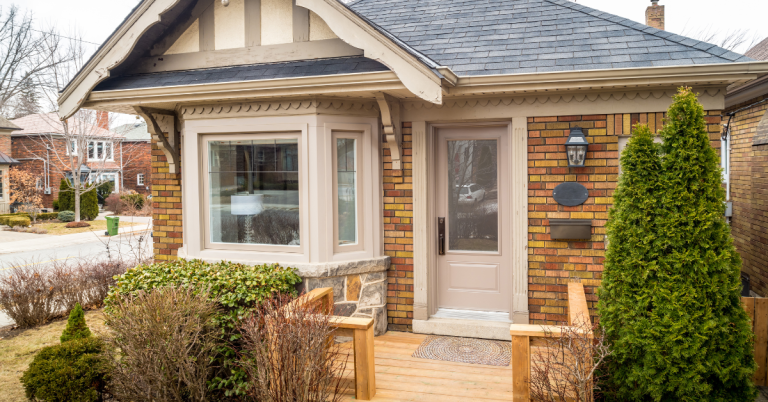In the realm of high-performance fabrication and automotive engineering, tube bending plays a critical role in both functionality and aesthetics. For applications ranging from exhaust systems to turbo piping and roll cages, mandrel tube bends provide a level of precision and efficiency that standard bends cannot match.
Mandrel tube bends are engineered to maintain the tube’s full diameter and wall thickness throughout the curve, ensuring smooth flow, structural strength, and long-term durability. This article explores the advantages, applications, materials, and installation tips for mandrel tube bends.
What Are Mandrel Tube Bends?
Mandrel tube bends are produced using a mandrel—a solid or flexible support inserted into the tube—during the bending process. This method prevents wall collapse, wrinkles, and deformations that often occur with conventional bending techniques.
The result is a bend that:
- Retains its full internal diameter
- Maintains consistent wall thickness
- Provides superior strength and flow characteristics
Because of these qualities, mandrel tube bends are widely used in automotive, industrial, and structural applications where precision and performance matter.
Benefits of Mandrel Tube Bends
- Smooth and Efficient Flow
Mandrel tube bends ensure unrestricted passage of exhaust gases, air, or fluids. This reduces backpressure and turbulence, which is essential for turbo systems and high-performance exhausts. - Structural Integrity
Unlike crush bends, mandrel bends do not weaken the tube walls. This makes them ideal for high-stress applications such as chassis tubing and roll cages. - Durability
Retaining wall thickness and eliminating wrinkles ensures a longer lifespan under high-heat, high-vibration, and high-pressure conditions. - Aesthetic Appeal
Smooth, consistent curves provide a professional, clean look, ideal for visible components in custom builds. - Versatility
Suitable for mild steel, stainless steel, and aluminum tubes, mandrel tube bends are used across industries and applications.
Types of Mandrel Tube Bends
- 45-Degree Bends: Gradual directional changes for smooth routing.
- 90-Degree Bends: Standard right-angle bends for exhaust and piping systems.
- 180-Degree Bends: Full U-turns for compact systems.
- Custom Angles: Fabricators can produce precise angles for unique layouts.
Each type ensures that the tube’s diameter and wall thickness remain consistent for maximum efficiency.
Applications of Mandrel Tube Bends

Automotive
- Exhaust Systems: Improves exhaust gas flow, horsepower, and fuel efficiency.
- Turbo Piping: Optimizes airflow to boost performance.
- Roll Cages and Chassis: Maintains structural integrity for safety.
- Custom Fabrication: Hot rods, race cars, and street builds benefit from precise bends.
Industrial
- Pipelines: Ensures smooth fluid and gas flow in manufacturing or chemical plants.
- HVAC Systems: Reduces turbulence in ductwork.
- Material Handling: Used in conveyor frames and mechanical systems.
Construction and Design
- Architectural frameworks requiring precise bends without compromising strength.
- Furniture fabrication with curved tubular designs.
Materials Used in Mandrel Tube Bends
- Mild Steel: Cost-effective, ideal for structural and general automotive use.
- Stainless Steel: Corrosion-resistant, perfect for high-performance exhausts and industrial applications.
- Aluminum: Lightweight and corrosion-resistant, suitable for intake piping and lightweight structures.
Each material benefits from the mandrel bending process, preserving the tube’s properties while enhancing performance.
Mandrel Tube Bends vs. Standard Bends
| Feature | Mandrel Tube Bends | Standard Bends |
|---|---|---|
| Diameter Retention | Maintains full internal diameter | Can collapse or wrinkle |
| Flow Efficiency | Smooth, unrestricted | Reduced, turbulent flow |
| Wall Thickness | Consistent | Can be uneven |
| Structural Strength | Superior | Weaker at bends |
| Aesthetic Appeal | Professional, clean | Crimped or distorted |
For high-performance or visible applications, mandrel tube bends are the superior choice.
Installation Tips for Mandrel Tube Bends
- Ensure Proper Alignment: Misaligned bends can compromise flow and structural strength.
- Use Correct Wall Thickness: Match tube thickness to the application to prevent deformation.
- Avoid Excessive Heat: When welding, control heat input to maintain tube integrity.
- Secure Joints Properly: Use clamps, V bands, or proper welding techniques to ensure leak-free connections.
- Plan for Serviceability: Place bends in accessible locations for future maintenance or adjustments.
Performance Benefits
- Enhanced Engine Output: Smooth exhaust bends reduce backpressure, improving horsepower.
- Improved Turbo Efficiency: Optimized airflow results in quicker boost response.
- Fuel Efficiency Gains: Reduced turbulence allows better combustion efficiency.
- Sound Quality: Maintains consistent exhaust tone without distortion from crimped bends.
Maintenance of Mandrel Tube Bends
- Inspect for cracks or corrosion regularly.
- Clean stainless steel bends to maintain appearance.
- Protect mild steel bends with coatings or paint to prevent rust.
- Ensure fittings and clamps remain tight to avoid leaks.
Why Choose Mandrel Tube Bends?
Mandrel tube bends are essential for anyone seeking precision, performance, and durability. Whether building a high-performance vehicle, an industrial pipeline, or a custom fabrication project, these bends ensure maximum efficiency and structural integrity.
By maintaining smooth flow, consistent wall thickness, and superior strength, mandrel tube bends outperform conventional bending methods in almost every metric.
Conclusion
Mandrel tube bends are a crucial component in high-performance fabrication, offering unmatched precision, durability, and efficiency. From automotive exhausts and turbo systems to industrial pipelines and structural frameworks, mandrel bends ensure optimal performance and professional-quality results.
For top-grade mandrel bending solutions, explore Mandrel Tube Bends to enhance the performance, strength, and aesthetics of your next project.





